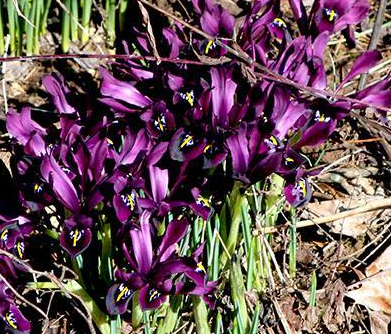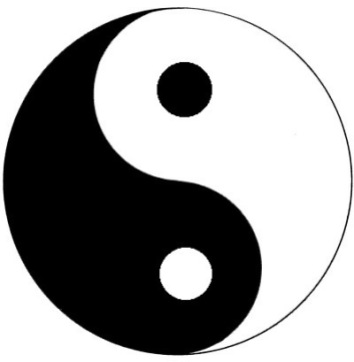I may be misquoting Edvard Munch; but I think I once read a translation of his letters in which he said, “From my rotting body, flowers shall grow and I am in them and that is eternity.”
There’s a famous line in Wallace Stevens’ poem “Sunday Morning” that reads, “Death is the mother of beauty.”
Simone Weil wrote, “The destruction of Troy. The fall of the petals from fruit trees in blossom. To know that what is most precious is not rooted in existence – that is beautiful.”
Many human cultures have, from all appearances, created beautiful rituals, art, cultural objects, music, literature in commemoration of the dead, or have believed that death is a necessary part of a cycle that would lead, again, to living beauty. What is it about human beings that inclines to such an impulse? Is it just fear? Or a desire to be remembered, or to remember the beloved?
Poe claimed that there was no subject more suitable for poetry than the death of a beautiful woman; but he was full of crap about that or, at any rate, too swayed by the culture in which he resided in his awkward and outsider way. Nonetheless, he puts forth the assertion that from death can come something that is itself beautiful: a work of art, a lyric, a poem. I do not disagree with him on that point.

Edgar Allan Poe’s sketch of his young wife Virginia
Certainly many poets end up writing about, with, or against death; raging or praising; querying, challenging, wondering, fearing, fighting, sometimes embracing or accepting. Do I hear Emily Dickinson in that chorus? Dylan Thomas? Walt Whitman? Marie Howe? Mark Doty? Ilyse Kusnetz?
In a previous post, I alluded to the death of a beautiful woman (a friend), and asked about the value(s) we humans place on beauty–and the way(s) we define, describe, and name it.
Because death’s one of The Big Mysteries–and writers tend to gnaw around the edges of things that are not easily put into words, and mortal is what we are–poets poke at death, encounter it, question it, and question the religious, biological, and social accretions that surround it. Can we find beauty in death, from it, surrounding it? Recently, I attended a philosophy lecture concerning death and the soul from a Catholic (Thomist) perspective,* and the talk briefly moved into inquiry concerning the intersection of death and beauty. I did not ask, what sort of beauty–aesthetics, or awe?
But I am asking now.
~~























